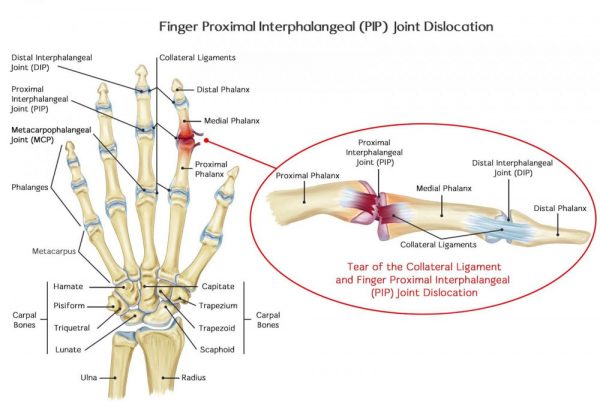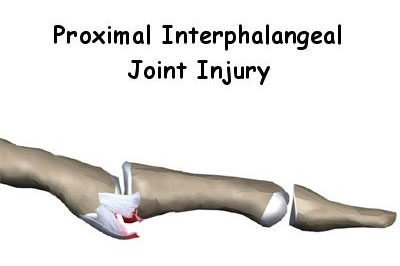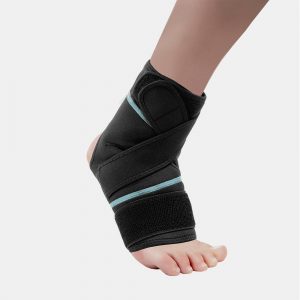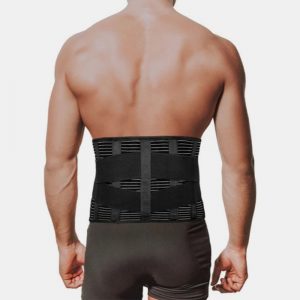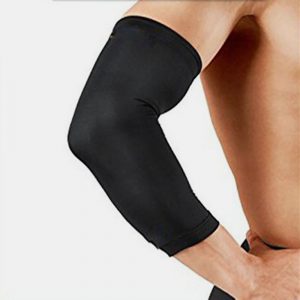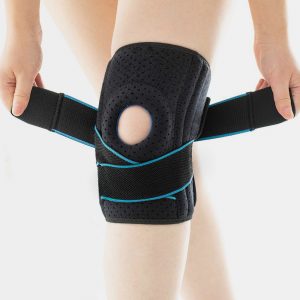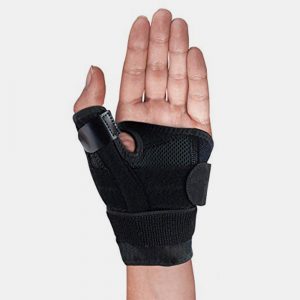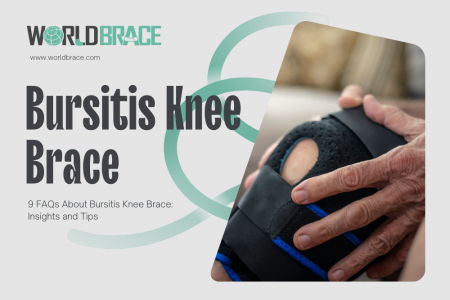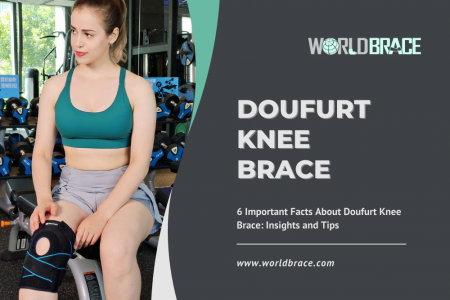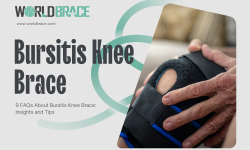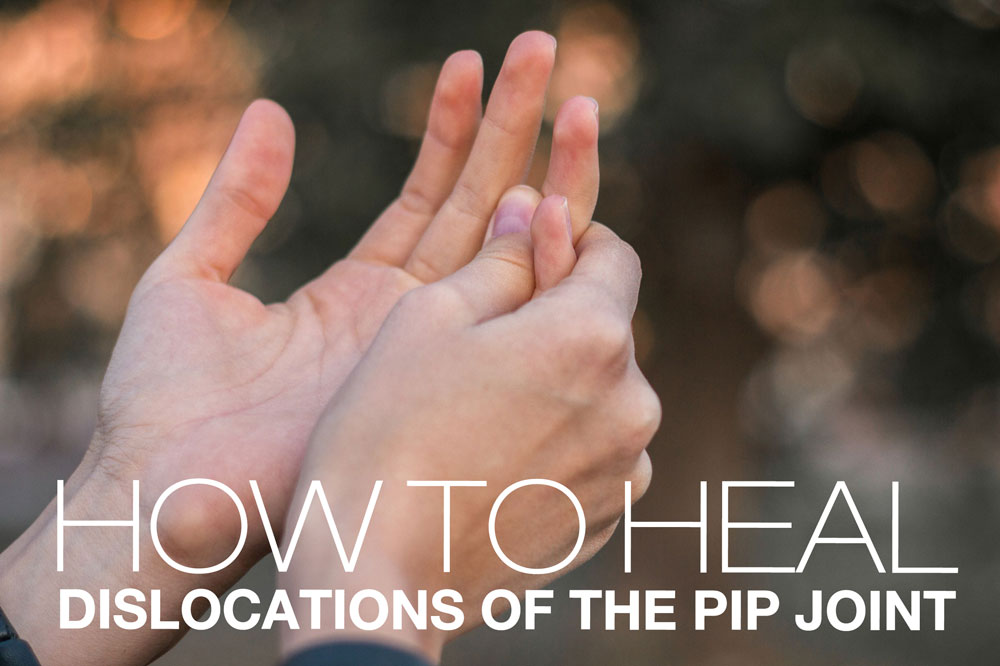
Table of Contents
What Is Dislocation of the PIP Joint?
Dislocations of the PIP joint or Proximal Interphalangeal Joint are the hand’s most common yet traumatic injury. Pip joint Dislocations usually occur in the joints in the middle of fingers.
Dislocation of the PIP joint is one of the most common injuries caused by sports activities. PIP joint dislocation can occur when trauma or incident puts pressure on the bones of the middle knuckle in a finger, which results in dislocating or forcing the finger out of its place.
The dislocations of the PIP Joint can cause long-term pain, stiffness, and instability of the Joint. The most common sports injury is “coach’s finger” or “jammed finger.”
The most prominent and common signs and symptoms of PIP joint dislocation are deformities of the finger, reduced range of motion, pain, swelling, and bruising. Dislocations of the PIP joint have three classifications-dorsal, volar, and lateral dislocations.
What Causes Dislocations of the PIP Joint?
Sports injuries usually cause dislocations of PIP joints, which makes the movement of the fingers difficult and painful, but there are several causes too. They are:
- Fall- A PIP Joint dislocation can also be caused by falling. Falling can result in pushing your fingers beyond their average capacity of motion and out of their joints.
- Sports Injuries – Sports injuries, especially sports played with a ball, can cause dislocations of PIP joints. When a ball hits your hand and fingers with force, it can push the bones away from the joints.
- Accidents- Any accident that hits your fingers forcefully-such as closing the door on your fingers, can result in separating bones from the joints.
- Genetics- some people can inherit these problems genetically as well- as they are born with weak ligaments.
How to Heal Dislocations of the PIP Joint?
There are both non-surgical and surgical treatments available to treat dislocations of PIP joints. Still, the immediate thing you should not do after dislocating a PIP joint is not to pop or press the finger back in the joint by yourself or even use a brace without recommendation yourself, as these things can lead to a severe injury.
Non-Surgical Treatments
- Ice your injured finger and keep it immobile.
- Reduction is a medical term meant to reposition the bones in their proper place. Getting a reduction procedure is also a good treatment for treating PIP Joint dislocations.
- Use a brace or get a splint to reposition your bone. It also helps you to move your finger.
- A medical or buddy tape is also a good option that helps in preventing stiffness and loss of motion.
All these treatments are helpful, but if you see no improvement in your finger or the pain and swelling get worse, surgery is the other option left for you.
Surgical Treatment
Not in all cases, but in some severe cases opting for surgery is the best option. Surgery will help in repositioning bones and repairing fractures or torn ligaments. Surgery is only needed if other treatments fail to stabilize the joint or in case of complicated fractures or breaks. After the surgery, with regular physiotherapy sessions and proper care, the finger will heal in a few weeks.
What Is the Best WRIST & THUMB Brace for Dislocations of the PIP Joint?
Many high-quality Wrist & THUMB braces are available for Dislocations of the PIP Joint. In addition, some well-known companies are selling the reliable and best brace for Dislocations of the PIP Joint.
WorldBrace has produced high-quality wrist, thumb, and knee braces for over 20 years. We feel proud to be the best and most trusted brace supplier in China. We offer a wide variety of props catering to your problems, including, Thumb and Wrist brace, a neoprene brace, a brace for tendonitis, and a copper brace.
We also deal in custom-made braces.
PIP Dorsal Fracture Dislocation - Everything You Need To Know
faq
What do Dislocations of the PIP Joint feel like?
If you have dislocated the PIP Joint, you will have the following symptoms or will feel Pain, Bruising, Swelling, Difficulty in Joint movement, and instability. The deformed Joint would be visible-bone would like out of place.
How long do Dislocations of the PIP Joint take to heal?
It takes around 3-6 months to heal. Though, it can take several months for your symptoms to subside completely- discomfort, pain, stiffness, reduced strength, and swelling.

